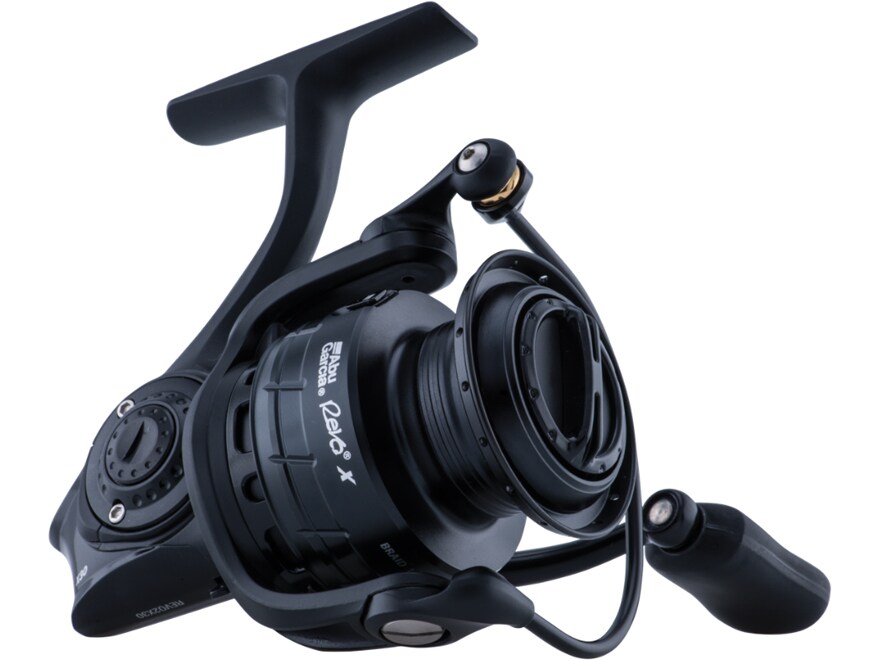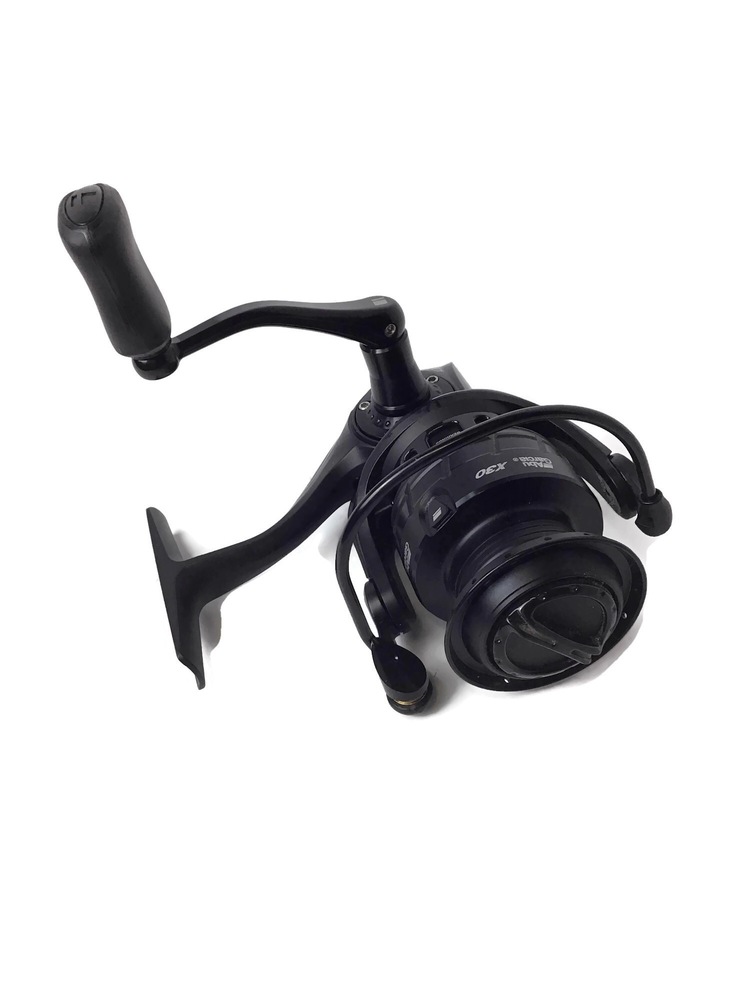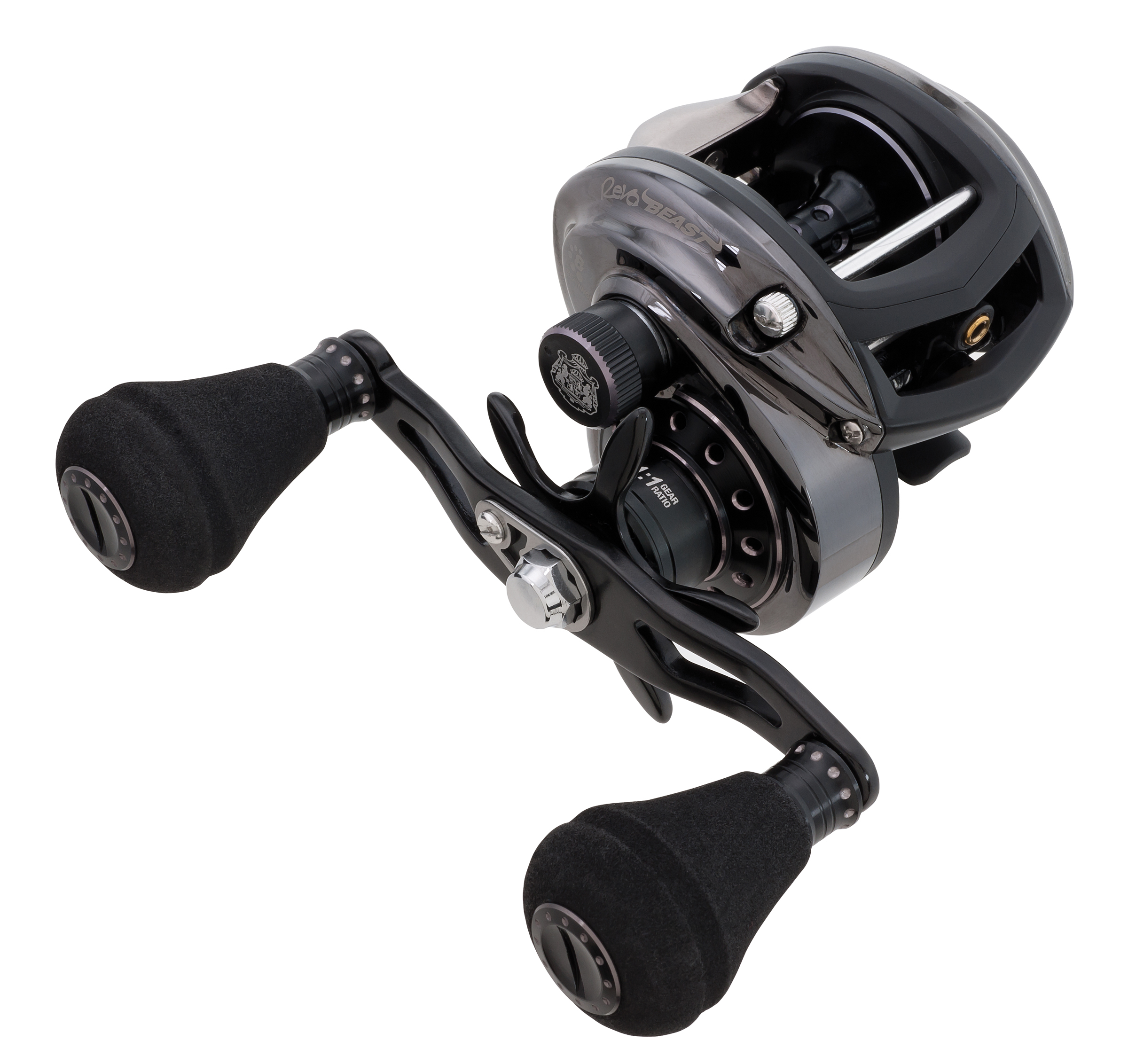

Is the +1 bearing - it's the roller clutch that keeps your handle from spinningīack to the bearing under the spool tension knob. If your reel engages backwards, there's likely something wrong with this component.Įver wonder what that +1 bearing count deal was all about? This Sometimes, there's a little play in this bearing so engagement isn't really instant, but for the most part it does its job. This is how "instant anti-reverse" is implemented. This is a one-way bearing located within the handle-side plate wrapping around the drive shaft and keeping it from spinning backwards. That's the roller bearing or roller clutch. Check.Īnother important bearing just about every reel has regardless of design is that "+1" we always see in the specifications. Every one of these reels has a bearing at these critical points.


In other words, in the non-handle sideplate on one end, and under the spool tension knob at the other. The critical points of bearing support in a reel with this spool design is at either end of that shaft.

The non handle sideplate bearing is very importantĪll of these reels feature spools with a shaft extending from one sideplate to the other (i.e. While we can all agree in general, it's better to have a bearing than a bushing at critical points of rotation, the real question is which locations in a low profile baitcasing reel are critical and which are superfluous? It's easy to inflate a reel's bearing count by placing low quality bearings under the handle knobs, but is a manufacturer giving us a bearing or bushing at a more critical junction like say, at the base of the drive shaft? Manufacturers often tout bearing count, but where do all thoseīearings go and are all the placements important?īearings with a Bearing: An area worth closer exploration in that general specifications table is the bearing count for each reel. I've always put more stock in how smooth and consistent a drag is than how much stopping power you can get. Most of the other numbers, Max rated Drag, Country of Origin are just points for discussion at the tackle shop counter. Maximum drag numbers are not as important to me as performance of I should mention that in the case of Abu Garcia's Revo X, the Winch version of this reel's (5.3:1) spool comes with more capacity than the standard reel (14.8 cubic centimeters). Conversely Shimano SLX's volume is very respectable despite listing the least amount of capacity. With these numbers we can see Abu Garcia's Revo X actually has the smallest volume despite listing one of the better capacities. Rated line capacity numbers are almost as bad as fishing rod Admittedly, these numbers are imperfect because we do not take into account the v-taper in some spools, but the calculations do give us a rough comparison reel to reel. That's why we usually include our rough calculations of a reel's spool volume. I've always suspected this to be the case because not everyone's "12lb test" is the same diameter. Stated line capacities on reels are just about as bad as power ratings on fishing rods. Always from the comparison table above? Shimano SLX is the lightest reel in the bunch and Okuma's Cerros is the heaviest.


 0 kommentar(er)
0 kommentar(er)
